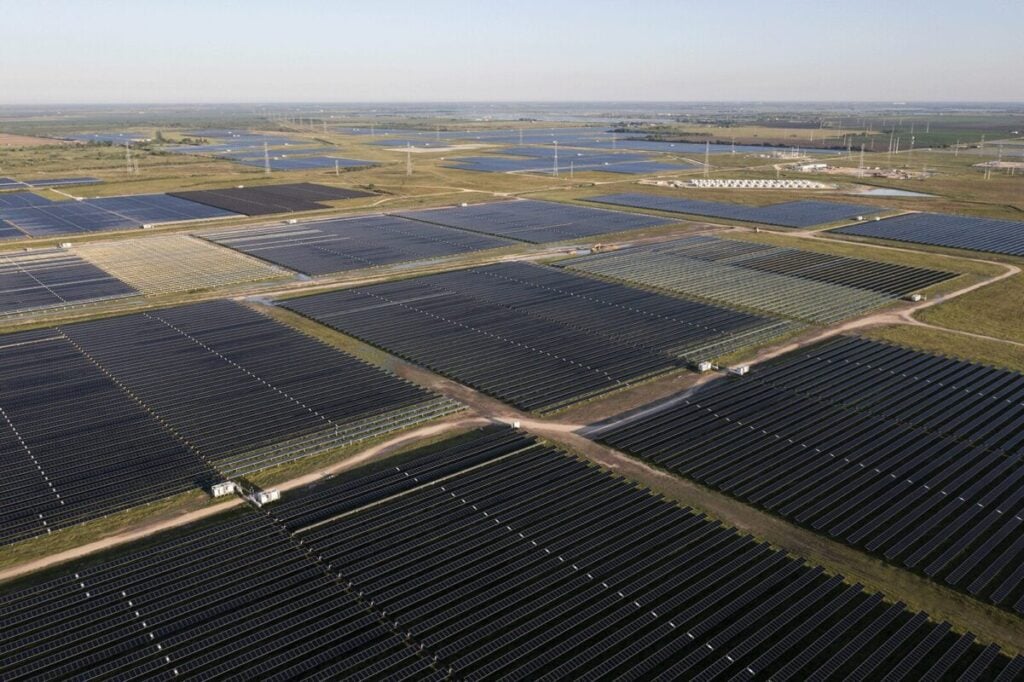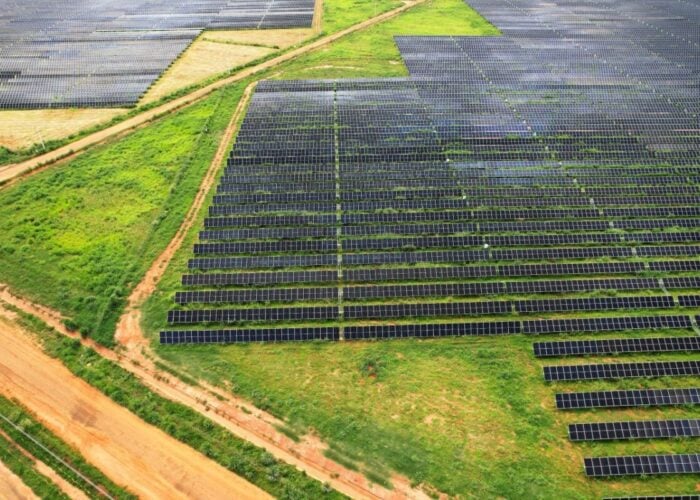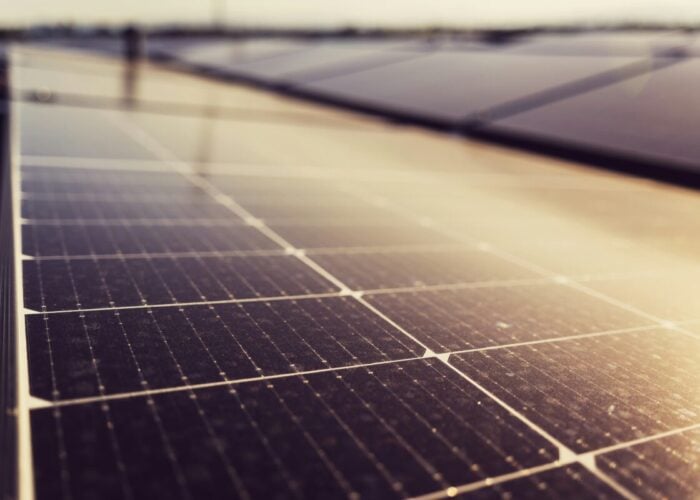
The average price of a solar power purchase agreement (PPA) signed in North America increased 4% between the second and third quarters of this year, a change that is “unsurprising” considering the “policy headwinds” facing US solar at present.
This is the key conclusion drawn by analyst LevelTen Energy in its latest PPA report, covering renewable energy offtake prices in North America. The report notes that market-averaged prices across all three profiled project types—wind, blended and solar—saw prices increase quarter-on-quarter, reaching US$74.69/MWh, US$67.23/MWh and US$59.77/MWh, respectively.
Try Premium for just $1
- Full premium access for the first month at only $1
- Converts to an annual rate after 30 days unless cancelled
- Cancel anytime during the trial period
Premium Benefits
- Expert industry analysis and interviews
- Digital access to PV Tech Power journal
- Exclusive event discounts
Or get the full Premium subscription right away
Or continue reading this article for free
Each of these figures is the highest since at least the third quarter of 2023, and represent the third consecutive quarter that prices have increased since the start of the year.
The picture is less clear for non-market-averaged prices, which simply consider all offtake deals recorded in the US, without granting additional weight to deals signed within the grids of larger ISOs, such as ERCOT and CAISO.
In this index, solar is the most expensive technology, at US$54/MWh, followed by blended projects at US$52.9/MWh and wind at US$50.18/MWh. However, the prices of solar and blended PPAs fell quarter-on-quarter, while the price of wind agreements increased to above US$50/MWh for the first time on record since the second quarter, showing a narrowing of the spread of prices across all markets.
LevelTen suggested that much of the increase in solar prices stems from growing policy uncertainty in the US, with “broad upward pressure to development costs” imposed by a range of policies. Some of these concerns have been raised in previous reports—LevelTen suggested policy uncertainty was impacting PPA prices in both the first and second quarter editions of the report—but some more recent policy decisions have affected investor confidence.
These include the intensification of foreign entity of concern (FEOC) legislation and a looming antidumping and countervailing duty (AD/CVD) decision to be made on India and a number of other Asian countries, which could significantly disrupt the US’ supply of solar components from one of the fastest-growing industrial manufacturers in the world. This follows the imposition of tariffs on foreign goods necessary to build solar modules, all of which has shaken investor confidence in US solar.
LevelTen noted that “developers are working fast to safe harbour as many projects as they can”, accelerating project development to secure access to some of the more supportive legislation that was present during the Biden administration.
While this could encourage the commissioning of more solar capacity in the short-term—the US added a record 50GW of new solar capacity in 2024—LevelTen cautioned that “these efforts will preserve only a finite amount of planned capacity”, raising questions about potential for project installation, and the price of offtake agreements, in the long-term.
“This new development landscape places immense pressure on developers to make strong, strategic decisions about their pipelines on very short timelines—with wrong choices potentially representing a ‘make or break’ moment for a project,” explained LevelTen in the report. “At the same time, many developers have been able to thread these needles with finesse, safe harbouring tax credits for substantial numbers of projects.”
PV Tech publisher Solar Media will host the 12th edition of the Solar & Storage Finance USA event on 21-22 October 2025 in New York. Panellists will discuss the fate of US solar and storage in a post-subsidy world, the evolving economics of standalone BESS and de-risking solar and storage supply chains.
All are encouraged to respond to an anonymous survey on the US solar and storage sector, that will shape discussions at the summit. Tickets for the event are available on the official website.






